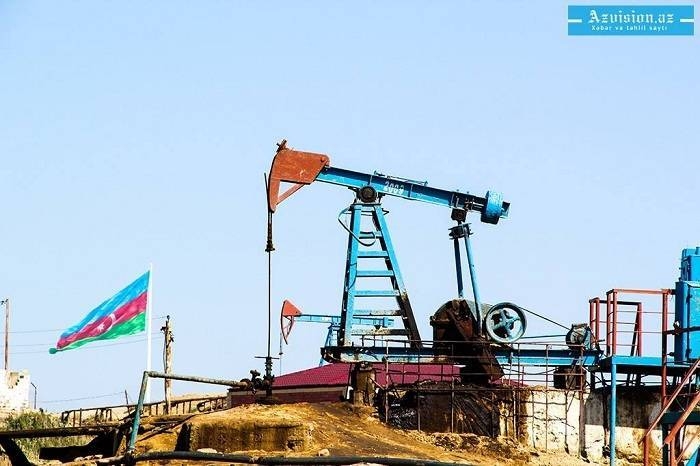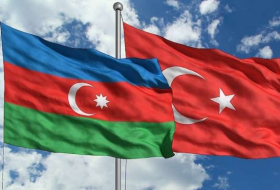OPEC+ agreed to ease its self-imposed production cuts starting next month as the global economy slowly awakens from its deep Covid-19 slumber. The organization has been curtailing output since May by 9.7 million barrels per day, or ~10% of global supply, following a demand meltdown due to widespread lockdown but now plans to taper the cuts to just 7.7 million bpd until December.
The oil markets are reacting negatively to the cartel’s latest move, with WTI price down 1.24% to $40.70/barrel at 7am CST on Thursday, while Brent crude has dipped 0.75% to trade at $43.46/barrel.
While these moves could be interpreted as normal market gyrations, they could also suggest that the market is concerned about this potential: OPEC+ may have rushed to lift the curbs especially with Covid-19 cases spiking again in the pivotal U.S. market.
Defeating the second wave
There are fears that the rollbacks could trigger another price slump if economies start to shut down again and demand nosedives.
Indeed, OPEC+ itself has acknowledged that rebalancing the markets again could be a tough call if a second wave of Covid-19 infections strikes.
The bad news: No less than 10 states in the United States, particularly states straddling the Sun Belt of Florida, Texas and Arizona have been forced to reverse course by closing certain counties or sectors statewide after recording a resurgence in cases just weeks after reopening.
New infections across the country have been clocking in at ~60,000 a day, about double the rate recorded in April, and could exceed 100,000 a day as Anthony S. Fauci, the nation’s top infectious-diseases expert, had earlier warned. Active Covid-19 cases in the country have now surpassed 3.5 million with nearly 140,000 deaths.
Related: The Robinhood Phenomenon Is Fueling An Electric Vehicle Boom
There are fears that a similar trend could emerge in other large oil consumers such as India and Brazil.
However, there are a couple of reasons why oil prices are not likely to crater to the levels they did in April.
First off, the initial health crisis appears to be under a reasonable level of control in many countries, with China providing a blueprint for dealing with the so-called second wave of infections.
China, one of the early epicenters of the crisis, appears to have quickly brought its second wave of Covid-19 under control by adopting the same measures that various U.S. states are adopting i.e. vigorous testing and re-imposing strict lockdown in areas or sectors where cases are spiking. In fact, some have argued that there is no second wave in the U.S. and the country is simply experiencing a continuation of the first wave.
Second, the world now has a much better idea of how to deal with Covid-19 than it did four months ago, not to mention that biopharma companies such as Moderna Inc. (NASDAQ:MRNA) appear to be making serious inroads as far as finding a Covid-19 cure is concerned.
MRNA stock has been on a tear after a study in the New England Journal of Medicine says the company's mRNA-1273 experimental vaccine for COVID-19produced antibodies to the coronavirus in all 45 patients tested in an ongoing phase 1 trial. The neutralizing antibody levels produced in the test group were equivalent to the upper half of those seen in people who have become infected with the virus and recovered with mRNA-1273 generally safe and well-tolerated.
Phase 2 data is expected sometime in August or September. Though still far from a done deal, the fact that 100% of the patients developed antibodies raises the odds for a successful outcome.
The markets tend to react positively to this kind of news.
Sticking to the rules
When OPEC+ first announced plans to cut production by an unprecedented 9.7 million barrels per day, there were widespread doubts whether members would comply. Those fears played out during the first month of the cuts when compliance clocked in at ~74%.
But with those first round of cuts having worked to stabilize the markets, OPEC+ members now appear a lot more serious about sticking to their commitments.
During their latest meeting, Saudi Arabian Energy Minister Prince Abdulaziz bin Salman noted that only about 1.15 million b/d of production will be added to June’s production, or 43% less than the 2 million b/d headline figure, after countries that exceeded their May and June quotas by a combined 840, 000 b/d agreed to compensate during the current quarter.
With global oil demand still ~10% below pre-crisis levels and refiner margins still weak, OPEC+ will not be too eager for a repeat of the April fiasco.
Further, U.S. producers have also cut production sharply, with domestic crude supplies falling by 7.5M barrels for the week ending July 10 for an average decline of 2.1M barrels. The American Petroleum Institute(API) reported a large draw of 8.3 M barrels for the week ending July 10 with the Energy Information Administration(EIA) expected to show crude inventories fell by 2.1M barrels over the period.
A lot could still happen between now and November 30 when OPEC+ has its next full meeting. But so far, it appears that oil producers have learned their lessons the hard way and will not be too keen to engage in a fight with market fundamentals any time soon.
oilprice.com
More about: oilprices
















































